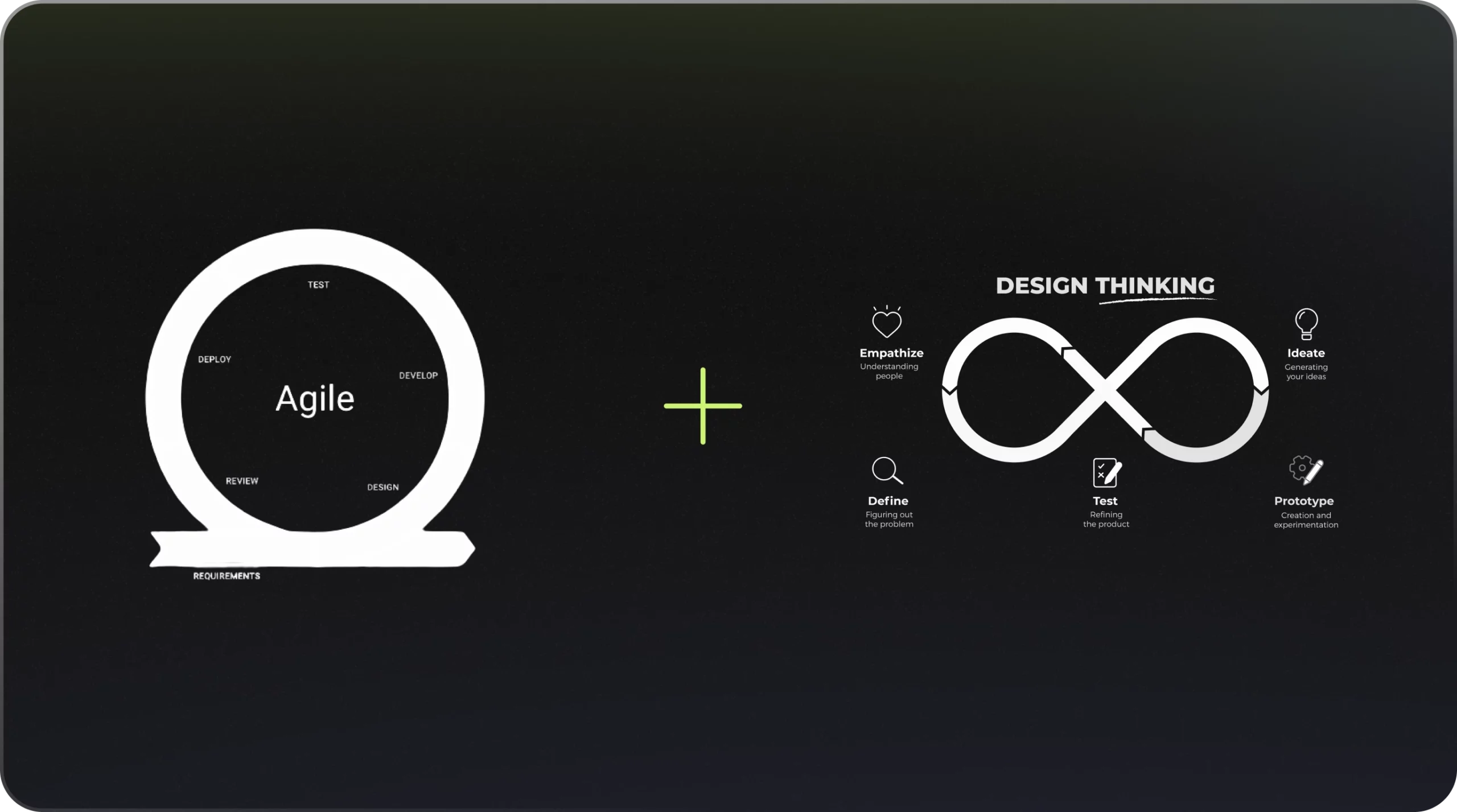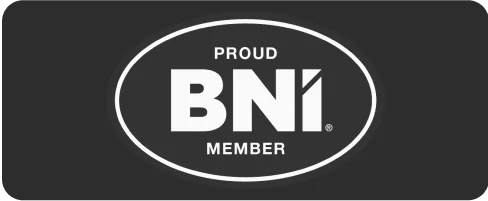Design thinking and agile methodologies are two approaches that are often used in the business world to drive innovation and improve efficiency. While they were originally developed in different fields – design thinking in the world of product design and agile methodologies in software development – they have many similarities and can be effectively combined to drive success. In this article, we’ll explore the basics of design thinking and agile methodologies, discuss the similarities and differences between the two approaches, and provide tips for combining them to achieve maximum efficiency.
What is design thinking?
Design thinking is a problem-solving approach that was developed in the field of product design. It involves understanding the needs and desires of users and creating solutions that meet those needs in a creative and innovative way. The design thinking process typically involves five steps: empathy, definition, ideation, prototyping, and testing.
Empathy: This step involves understanding the needs, desires, and challenges of users by gathering data through research, observation, and interviews.
Definition: In this step, the problem or opportunity is defined based on the insights gained in the empathy phase.
Ideation: In the ideation phase, a wide range of potential solutions is generated through brainstorming and other creative techniques.
Prototyping: In this step, one or more of the potential solutions are turned into prototypes that can be tested and refined.
Testing: The final step involves testing the prototypes with users to gather feedback and make any necessary changes.
What is agile methodology?
Agile methodology is a project management approach that was developed in the field of software development. It involves breaking a project down into smaller pieces, called “sprints,” and delivering working versions of the project frequently throughout the development process. Agile methodology emphasizes flexibility and the ability to adapt to change, as well as continuous collaboration and communication between team members.
Similarities and differences between design thinking and agile methodologies
While design thinking and agile methodologies were developed in different fields, they have many similarities. Both approaches focus on understanding the needs and challenges of users and delivering solutions in a flexible and iterative way. Both also emphasize collaboration, communication, and the ability to adapt to change.
There are also some differences between the two approaches. Design thinking is primarily focused on problem-solving and innovation, while agile methodology is primarily focused on project management and delivering working products or services. Design thinking involves a structured process with defined steps, while agile methodology is more flexible and can be customized to fit the needs of a particular project.
Combining design thinking and agile methodologies for maximum efficiency
While design thinking and agile methodologies were developed in different fields, they can be effectively combined to drive efficiency and success. By using design thinking to generate innovative ideas and agile methodology to manage the development and delivery of those ideas, businesses can take advantage of the strengths of both approaches.
Here are a few tips for combining the two approaches:
- Start with empathy: Both design thinking and agile methodologies place a strong emphasis on understanding the needs and challenges of users. By starting with empathy and gathering data through research, observation, and interviews, businesses can gain a deep understanding of their users and create solutions that truly meet their needs.
- Define the problem or opportunity: After gathering data through empathy, it’s important to clearly define the problem or opportunity that needs to be addressed. This will help to focus the team’s efforts and ensure that the solution addresses the root cause of the issue.
- Generate ideas: Use design thinking techniques like brainstorming and prototyping to generate a wide range of potential solutions to the problem or opportunity.
- Prioritize and plan: Use agile methodology to prioritize and plan the development and delivery of the most promising ideas. Break the project down into smaller pieces, called “sprints,” and deliver working versions of the project frequently throughout the development process.
- Collaborate and communicate: Both design thinking and agile methodologies emphasize collaboration and communication. Encourage team members to work closely together and regularly communicate with each other and with stakeholders to ensure that the project stays on track and meets the needs of users.
- Stay flexible and adapt to change: Both design thinking and agile methodologies place a strong emphasis on flexibility and the ability to adapt to change. Be open to making adjustments to the project as needed based on user feedback and changing circumstances.
By following these tips and combining the strengths of both design thinking and agile methodologies, businesses can drive maximum efficiency and achieve success.



